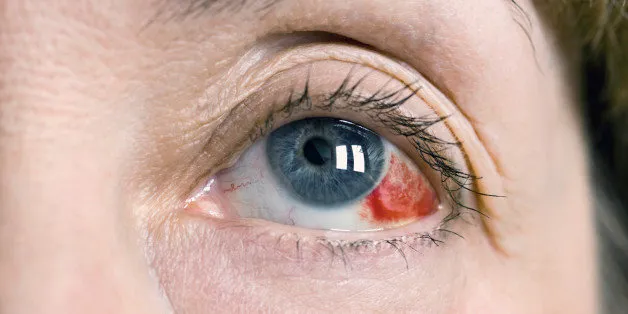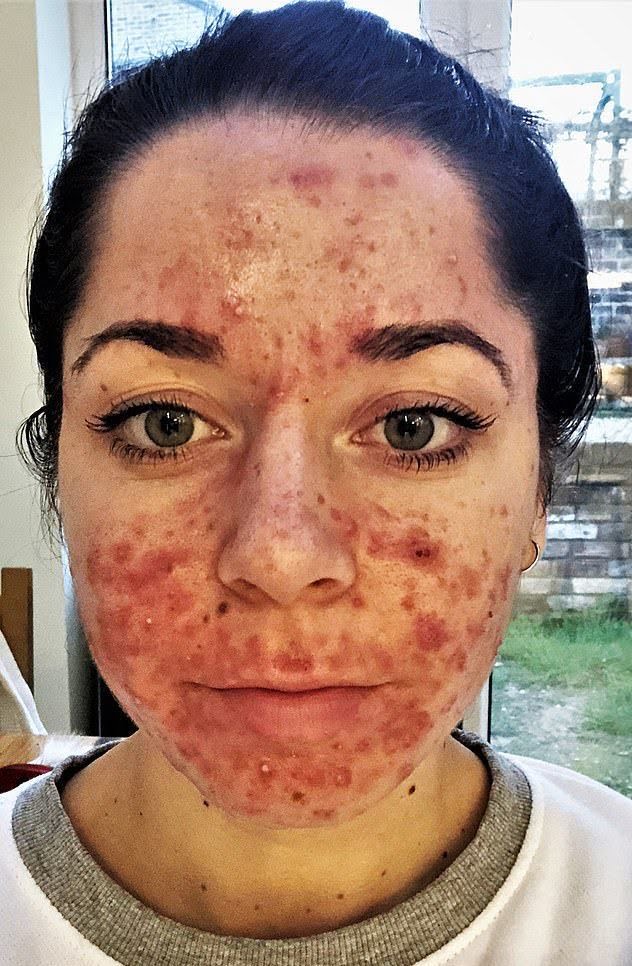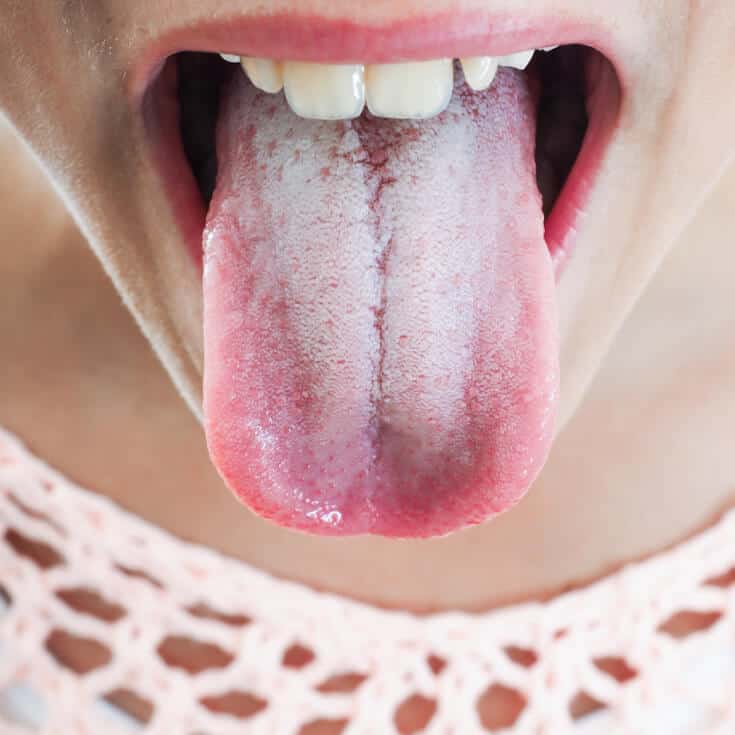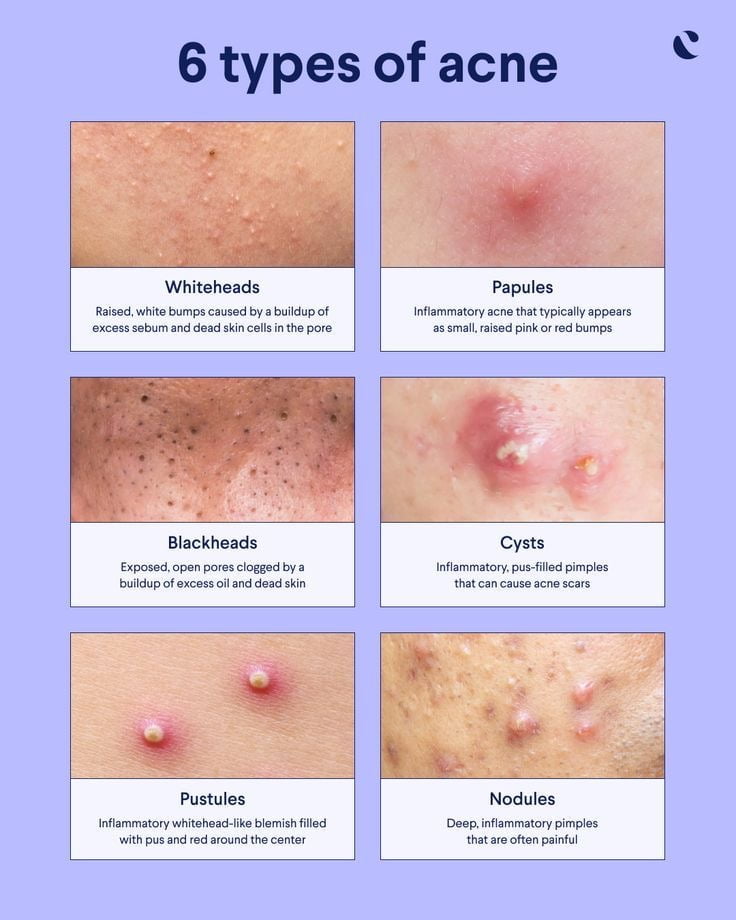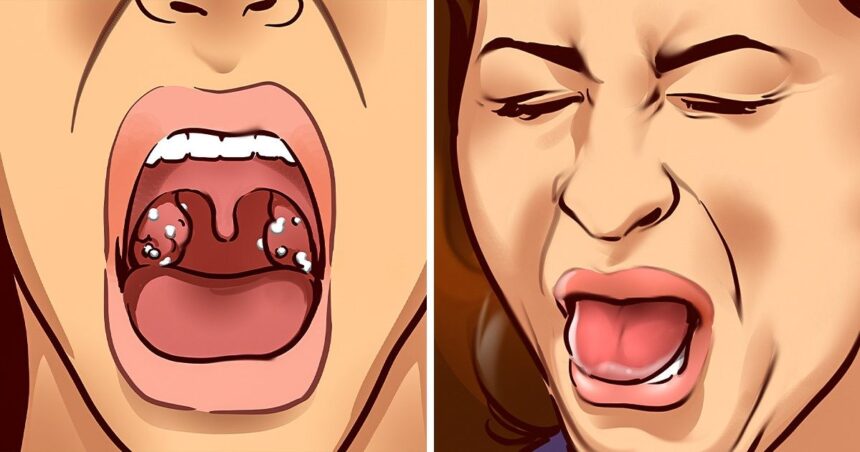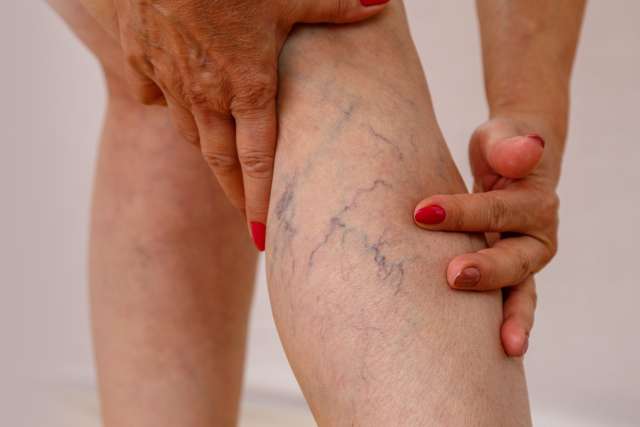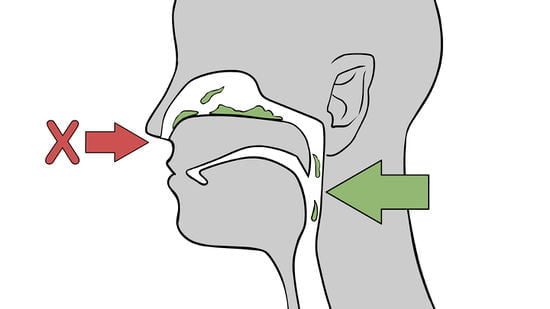After 50, aches, pains and the occasional muscle twinge become a fact of life.
But some symptoms that may seem frightening or serious turn out to be far less than they appear.
While you should always see a doctor if you experience something out of the ordinary, these signs generally are more smoke than fire:
A Bloody Nose

Nosebleeds can be particularly frightening due to the suddenness in which they occur and the sometimes large amount of blood involved.
“People worry that it’s internal bleeding, but almost every time it’s not,” says Dr. Carlo Reyes, emergency room physician and vice chief of staff at Los Robles Hospital in Thousand Oaks, Calif. “Bloody noses are most often due to bleeding of the anterior septum, where the blood vessels are near the surface of the skin.
It’s alarming but usually goes away with pressure or packing.”
High blood pressure, allergies and a natural propensity for nosebleeds all contribute to an increased risk of nosebleeds.
Interestingly, they’re most common in young children ages two to 10 and adults ages 50 to 80.
Sign to see a doctor right away:
If the bleeding does not stop after five to 10 minutes of pressure. “Ninety percent of nosebleeds are anterior,” Reyes says.
But posterior nosebleeds, from deep inside the nose, cannot be stopped by packing and require a physician’s care.
Bell’s Palsy
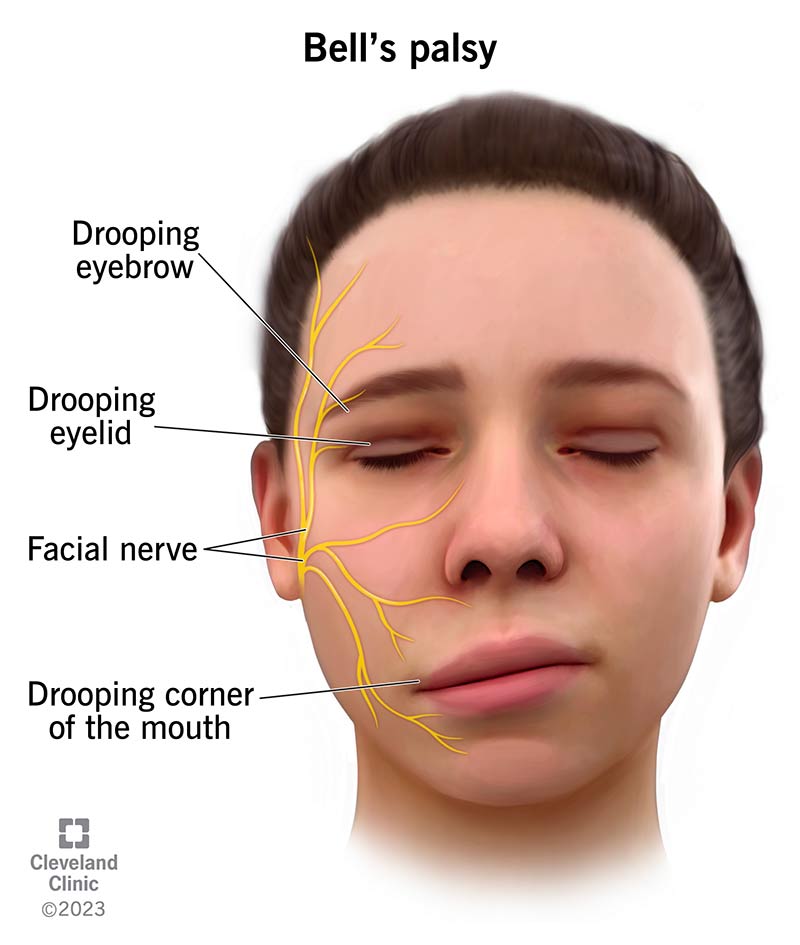
The sudden loss of muscle control on one side of the face makes it easy to mistake Bell’s palsy for a stroke, though it’s not nearly as serious.
A stroke occurs when a blood clot cuts off the blood supply to the brain; Bell’s palsy results from inflammation of a facial nerve that causes weakness or paralysis of the face.
“It’s a simple diagnosis but can be missed by an ER doctor who doesn’t have the training,” Reyes says.
In Bell’s palsy, only the face is involved and there isn’t confusion or weakness in an arm.
In addition, Bell’s palsy involves the entire side of the face.
A Bell’s palsy patient won’t be able to close one eye, the mouth droops on the same side of the face and he won’t be able to wrinkle his forehead on that half of the face.
Sign to see a doctor right away: “A droopy mouth without the other symptoms is more likely a stroke,” Reyes says. See a doctor right away in either case for an accurate diagnosis and treatment.
Broken Blood Vessel In An Eye
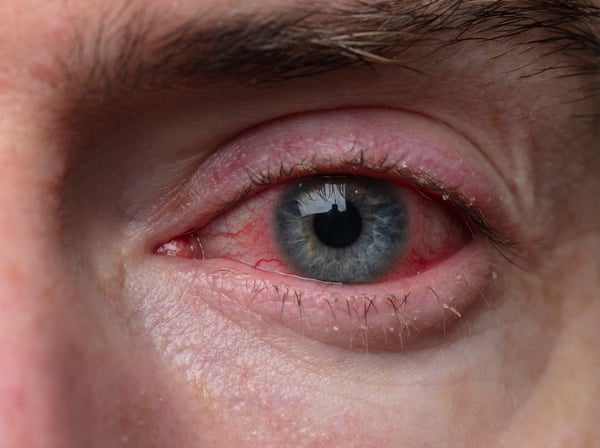
It’s frightening to see a splotch of blood in the white of the eye, but it’s usually not cause for alarm.
A broken blood vessel in the eye can occur from heavy lifting or sneezing or for unknown reasons.
“Known as a ‘subconjunctival hemorrhage,’ this occurs when a blood vessel breaks in the mucous membrane covering the white part of the eye,” says Dr. Sandy T. Feldman, eye surgeon and medical director, ClearView Eye & Laser Medical Center in San Diego, Calif.
“Other causes include certain conditions such as high blood pressure, diabetes, blood-thinning disorders or medications which cause the blood to thin,” she says.
Broken blood vessels don’t usually require treatment other than over-the-counter artificial tears if irritation is present. It typically clears up on its own within a couple weeks.
Sign to see a doctor right away:
“It is a good idea to see your eye doctor if this occurs,” Feldman says, “especially if it’s not the first time.”
Heart Palpitations
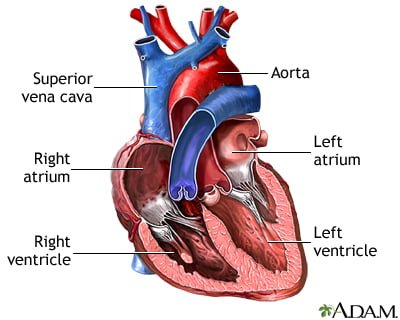
Feeling your heart skip a beat or experiencing sudden powerful heartbeats out of the blue isn’t usually worrisome, says Dr. Brian C. Kolski, internist at Interventional Cardiology, St. Joseph Hospital, Orange, Calif.
“Palpitations can be a nuisance, and very frequent in many pre- and post-menopausal women,” he says.
Changes in estrogen and hormone levels can trigger flushing, palpitations and hot flashes.
Rarely, palpitations can be a sign or symptom of more serious cardiac problems, Kolski says.
“Palpitations that occur while lying down for sleep or sitting quietly also tend to be a more benign variety, and hyperawareness at these calm states can fuel serious anxiety,” he says.
Signs to see a doctor right away:
Go to the ER if you experience fast irregular or regular pulse rates, usually 150 to 200 beats per minute sustained over several minutes; palpitations accompanied by chest, jaw or left arm pain and the feeling of almost passing out or complete collapse associated with palpitations.
Cat Scratch Fever

Swollen lymph nodes have frightened people who have cat scratch fever into thinking they have lymphoma, a type of cancer.
About 40 percent of cats carry a type of bacteria in their saliva, Bartonella henselae, at some point in their lives.
And although you can get cat scratch fever after being bitten or scratched by a cat, fur can also harbor the bacteria, which may then be spread through petting a cat and rubbing your eyes.
“Swollen lymph nodes may be the only sign,” Reyes says. Other symptoms include fatigue, headache, a low-grade fever and a bump or blister at the site of the bite or scratch.
Signs to see a doctor right away:
Fever and chills, persistent fatigue, unexplained weight loss, itching, night sweats and loss of appetite.


